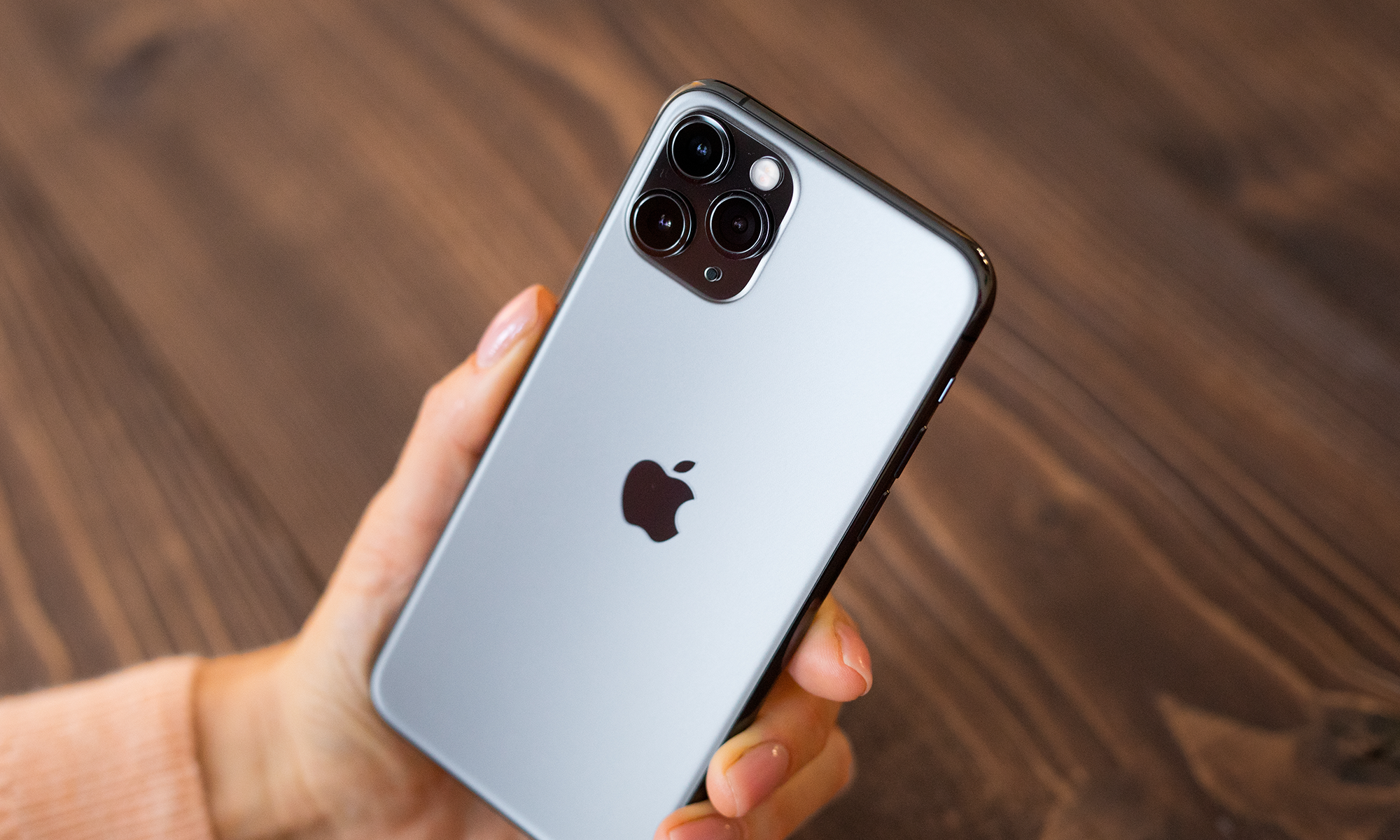Apple (AAPL 0.31%) dominates the smartwatch market hands down. Cupertino reportedly commands anywhere between 30% and 50% of this market according to varying estimates, putting it firmly on track to take advantage of a rapidly growing space.
CCS Insights estimates that global sales of smart wearable devices will double within the next four years, hitting $27 billion in revenue by 2022 as unit sales jump to 233 million. Smartwatches will drive the majority of this growth, as their sales are expected to jump from 85 million units this year to 137 million units at the end of the forecast period.
Meanwhile, fitness tracker sales will continue their downward trend and decline by a total of four million units over the next four years. That doesn't sound good for Fitbit (FIT +0.00%). The wearables tech specialist still sells fitness trackers, and doesn't have much of clout in smartwatches just yet when compared to Apple. However, this doesn't make the iPhone maker the default choice to benefit from the smartwatch boom. Here's why.
Check out the latest Apple and Fitbit earnings call transcripts.

Image Source: Getty Images
Not a big deal for Apple investors
CEO Tim Cook recently claimed in a CNBC interview that Apple's wearables business, which includes both the Apple Watch and the AirPods, is already "50 percent more than iPod was at its peak." Of course, Cook didn't get into the specifics, but there's no doubt that the company's wearables revenue has been growing at a tremendous pace.
Its wearables revenue shot up more than 50% during the fourth quarter of fiscal 2018. Again, there was no specific number mentioned by Apple, but it's quite well known that the company is generating over $10 billion in revenue from this business on an annual basis. However, investors shouldn't forget that this included sales of AirPods and the Beats product line, so there's the small chance that smartwatches aren't a $10 billion business for the company just yet.
IDC estimates that Apple sold nearly 22 million smartwatches last year and held 47% of this market. Assuming that all of these sales came from the base model of the Apple Watch Series 3 priced at $329 (and not accounting for the lower price paid by the distributors), the company would have generated somewhere around $7 billion in sales from this product line.
So assuming that smartwatch sales eventually hit 137 million units in 2022 (as mentioned earlier) and Cupertino maintains its position in that market, it would be shipping around 64 million Apple Watches every year. The base price of an Apple Watch Series 4 is now $399; assuming that Cupertino maintains that price, the company could generate around $25 billion in sales from this space.
But that's the best case scenario for Apple, and even then smartwatches won't produce more than 10% of the company's overall business, as its current trailing-twelve-month revenue stands over $265 billion. So smartwatches won't move the needle in a big way for the company even if everything goes its way.
However, it would be foolhardy to think that Apple will keep dominating smartwatches, as smaller rivals and new entrants into this space are making their mark.
Fitbit's in the game
Fitbit has been criticized for reacting slowly to shifts in consumer preferences from wearables to smartwatches, but the company is now striking big in this space. Counterpoint Research estimates that the company's smartwatch shipments shot up a whopping 348% during the third quarter of 2018, which boosted its market share by 10 percentage points to 16%.
Apple, on the other hand, lost five percentage points in market share according to the research firm. This makes it clear that Fitbit's strategy of delivering value-for-money smartwatches is working. Additionally, the company's expanding smartwatch app ecosystem and the growing list of features mean that it is making the right moves to ensure that its product remains competitive.
As such, it won't be surprising to see Fitbit at least maintaining its smartwatch market share in the long run, especially considering that it has only two offerings for sale right now and could eventually boost its range. Another factor that plays in Fitbit's favor is its huge base of active users, who could ensure long-term revenue growth for the company when they upgrade from fitness trackers to the company's smartwatches.
Check out the latest Apple and Fitbit earnings call transcripts.
Assuming that Fitbit manages to hold even 15% of the smartwatch market at the end of 2022, it could ship 20 million smartwatches annually according to the estimate provided earlier in the article. Fitbit's cheapest smartwatch retails for $180 at present. If the company manages this price level in 2022, it could generate at least $3.6 billion in revenue by that time, and that's excluding fitness tracker sales. Fitbit's trailing-twelve-month revenue stands at $1.5 billion, so the smartwatch opportunity could more than double its top line going forward.
On the other hand, Apple is facing trouble in its core business. Sales of the iPhone are heading in the wrong direction thanks to the company's premium pricing strategy and the emergence of cheaper but powerful flagships from competitors. As such, Cupertino's wearables growth will be negated by the weakness of its core business. Again, there's the possibility that its smartwatch competitors could hurt it in the same way as those in the smartphone industry have -- by launching cutting-edge devices at a cheaper price point.
All of this makes Fitbit the better wearables play from an investing viewpoint. Apple might be the leader in this market, but that's not enough to move the needle for the whole company. Meanwhile, Fitbit is coming off a small revenue base, and that would allow it to report impressive increments quarter after quarter thanks to the secular growth of the smartwatch space and its improving market share.






